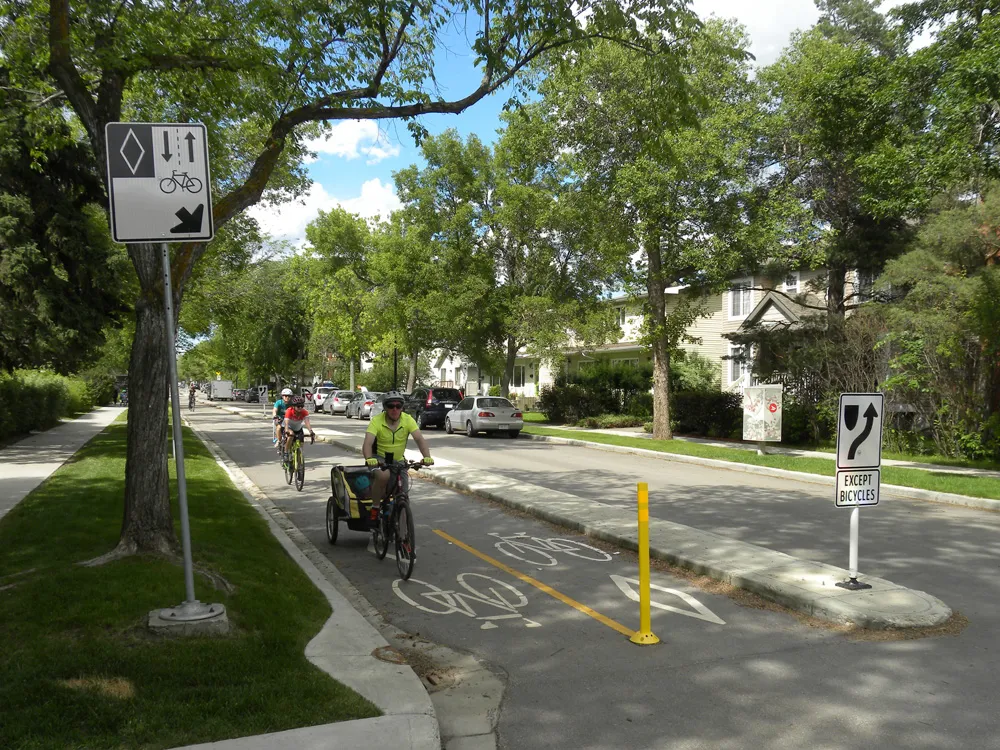Peru will invest nearly US$10 billion in the construction of Lima metro lines No. 3 and 4, private investment promotion agency ProInversión forecast at BNamericas 5th South America Infrastructure Summit.
ProInversión recently awarded a pre-investment studies contract for line No. 3 and in coming the months will launch pre-investment and feasibility studies for line No. 4.
"These are projects that, given similar characteristics to line No. 2 – more than 30 kilometres long and all built underground – s
October 24, 2014
Read time: 2 mins
Peru will invest nearly US$10 billion in the construction of Lima metro lines No. 3 and 4, private investment promotion agency ProInversión forecast at BNamericas 5th South America Infrastructure Summit.
ProInversión recently awarded a pre-investment studies contract for line No. 3 and in coming the months will launch pre-investment and feasibility studies for line No. 4.
"These are projects that, given similar characteristics to line No. 2 – more than 30 kilometres long and all built underground – should need nearly US$5 billion each," Yaco Rosas, head of investment promotion at ProInversión, said at the summit in Bogotá.
Peru has just begun construction of Lima's No. 2 subway line, with a US$6.5 billion budget. ProInversión has said there was interest from foreign companies in the new lines.
Rosas said pre-investment studies for lines 3 and 4 should be ready in 2015 and that he expects tenders will be called soon after that, adding the project would be awarded before President Ollanta Humala leaves office in mid-2016.
Lima's first metro line began fully operating earlier this year. When completed, the system will have six lines and over 130 kilometres of tunnels.
ProInversión recently awarded a pre-investment studies contract for line No. 3 and in coming the months will launch pre-investment and feasibility studies for line No. 4.
"These are projects that, given similar characteristics to line No. 2 – more than 30 kilometres long and all built underground – should need nearly US$5 billion each," Yaco Rosas, head of investment promotion at ProInversión, said at the summit in Bogotá.
Peru has just begun construction of Lima's No. 2 subway line, with a US$6.5 billion budget. ProInversión has said there was interest from foreign companies in the new lines.
Rosas said pre-investment studies for lines 3 and 4 should be ready in 2015 and that he expects tenders will be called soon after that, adding the project would be awarded before President Ollanta Humala leaves office in mid-2016.
Lima's first metro line began fully operating earlier this year. When completed, the system will have six lines and over 130 kilometres of tunnels.










